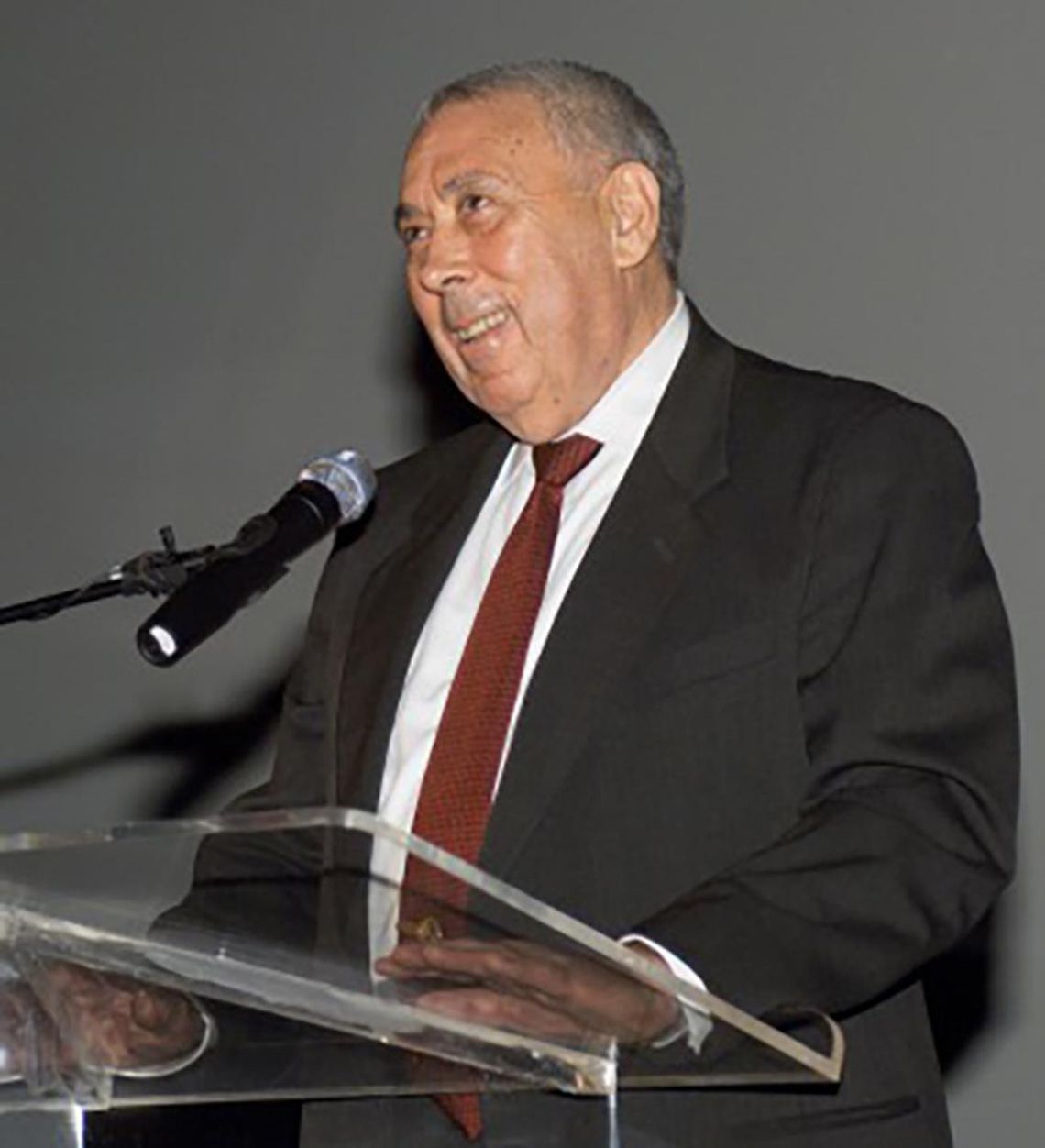The Lyndon Baines Johnson Museum of San Marcos will host a former Director of the Johnson Space Center as its distinguished speaker for its fall lecture: “Fifty Year Reflections on Apollo.”
Dr. George W.S. Abbey, a Johnson Space Center former director and key figure in the first flight to the moon, will speak at the LBJ Museum — located at 131 N. Guadalupe St. — on Thursday, Sept. 26 at 6 p.m. The public is invited to this free event. The LBJ Museum highly recommends this event for students interested in engineering, history, political science, communications, and computer sciences.
“Dr. Abbey’s talk will focus on how the United States achieved the first moon landing in history, 50 years ago on July 16, 1969,” the LBJ Museum said in a press release.









